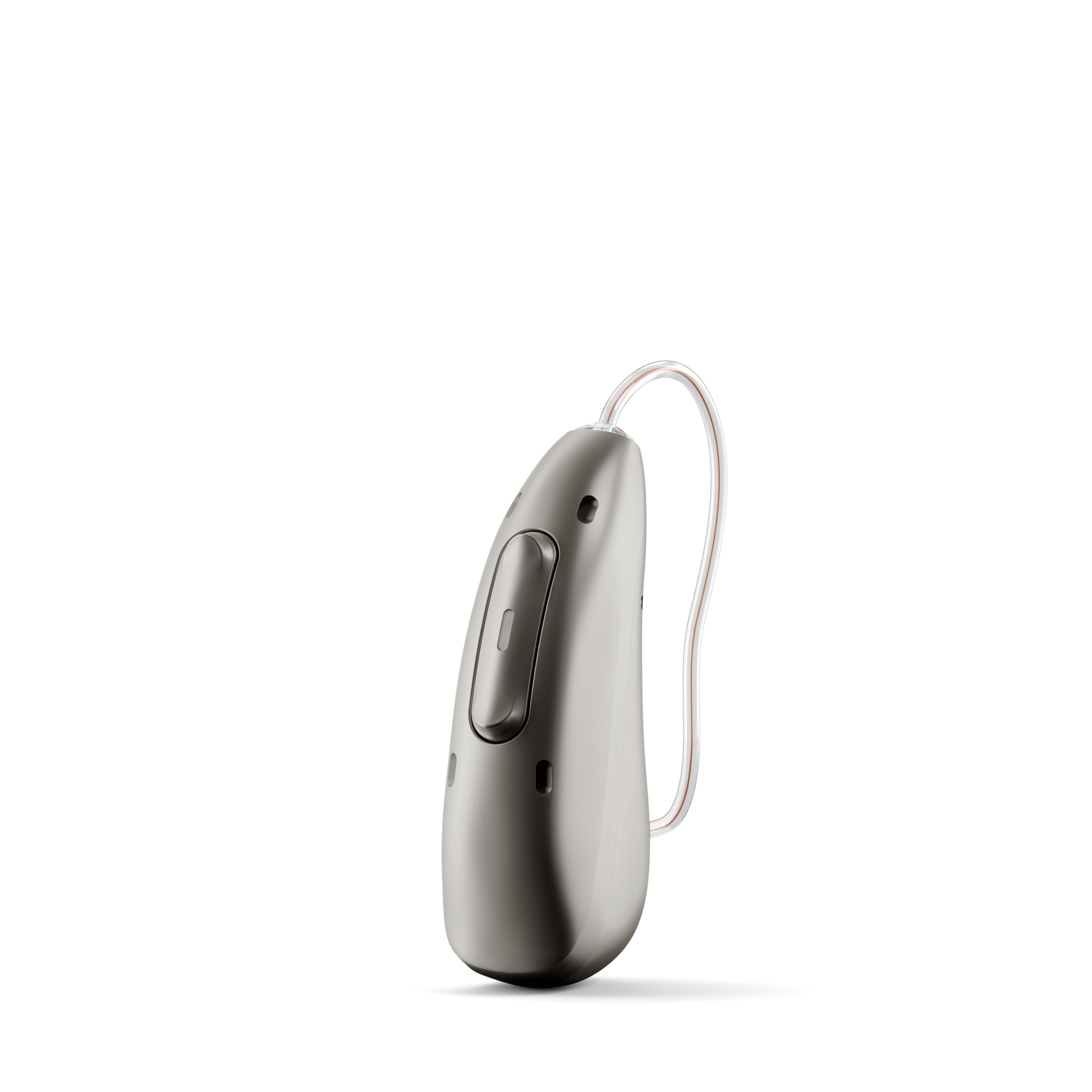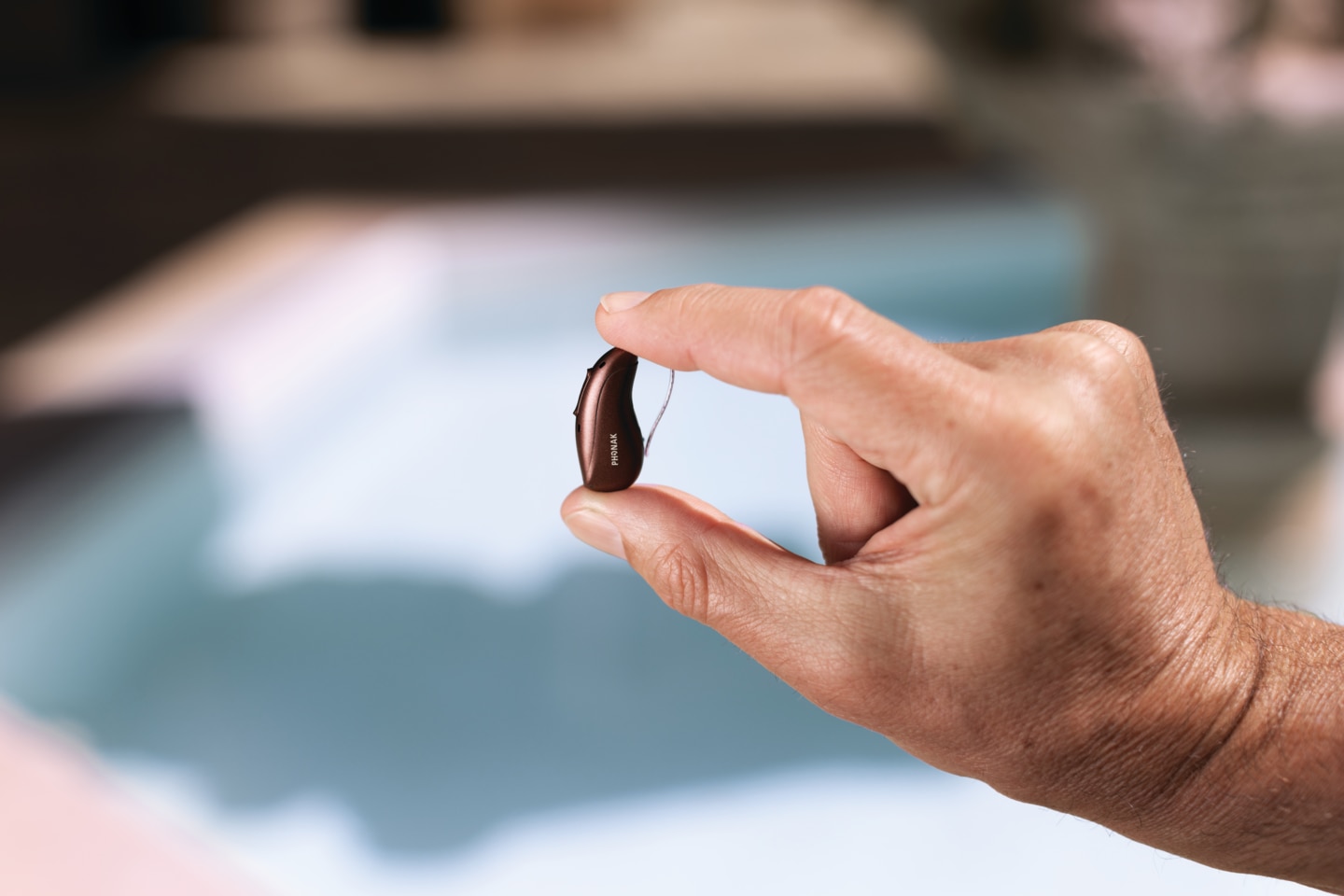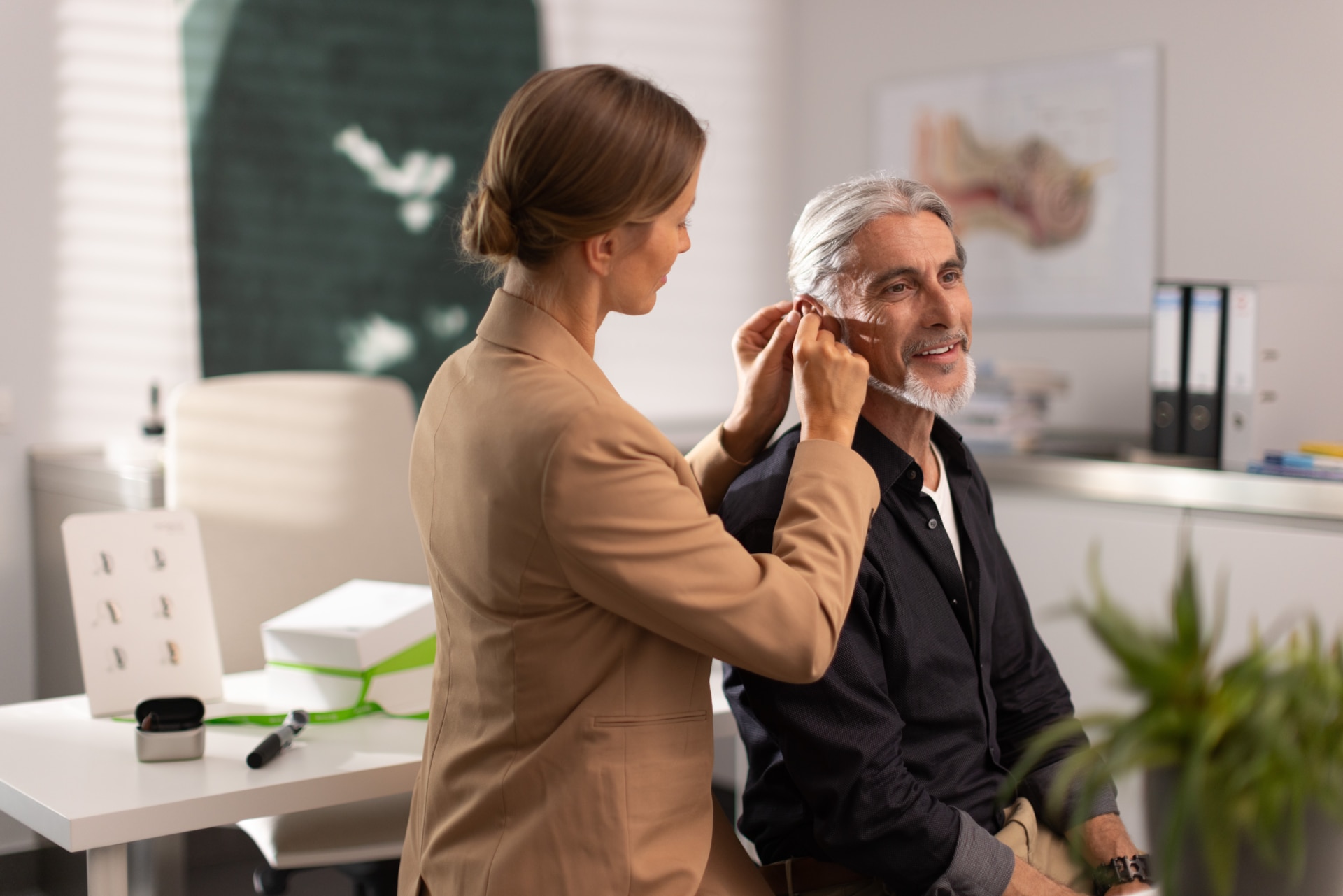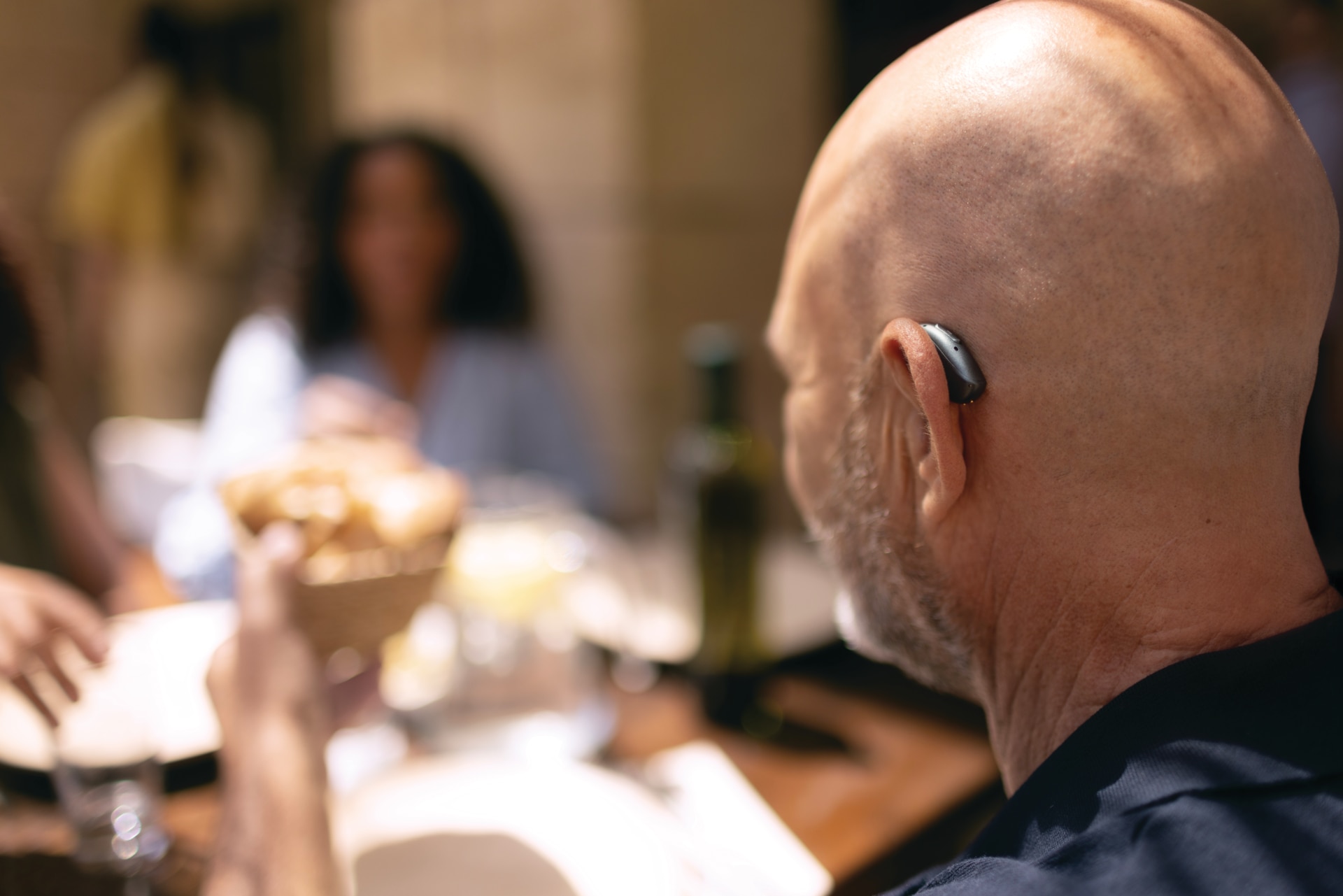Choose another country or region to see content specific to your location.
-
myPhonakLogin to your profile, up-to-date information surrounding your hearing needs
-
Professional LoginGet enhanced service and support from, instantly share evidence and literature with your clients & colleagues.
Revolutionary Hearing Aids
Phonak Infinio

Phonak Audéo Infinio™: Smarter Hearing, Clearer Sound
Experience advanced hearing technology with Phonak Audéo Infinio™ — built to deliver outstanding sound quality, comfortable wear, and seamless adaptation to your environment. Whether you're catching up with friends in a noisy café or relaxing at home, Infinio helps you stay focused on what matters most.
With universal Bluetooth® connectivity, you can easily stream calls, music, or TV audio directly to your hearing aids. Infinio makes it simple to stay connected and in control.
Top Features of Phonak Audéo Infinio™:
- Enhanced speech clarity in complex listening environments
- Comfortable, discreet design for all-day use
- Universal Bluetooth® streaming to smartphones, TVs, and more
- Built to support your active, connected lifestyle
Phonak Infinio opens up a world of better hearing — anytime, anywhere.

Phonak hearing aids
Discover Phonak’s advanced hearing aids—engineered to support every level of hearing loss and enhance your listening experience. Explore our solutions today.

Take the online hearing test
An online hearing test offers a quick snapshot of your hearing health from home. While not a full diagnosis, it can help you decide if it’s time to see a specialist.

Finding a hearing care provider
Finding a hearing care provider is the first step toward better hearing and tinnitus relief. They’ll evaluate your hearing and help you choose the right solution for your needs.

Next-Level Hearing with AI
Phonak Audéo Sphere™ Infinio uses advanced AI technology to adapt in real time, delivering clearer speech, personalized sound, and seamless listening in any environment.

Unlock More with Roger and Phonak Infinio
Every Phonak Infinio AI hearing aid comes ready with RogerDirect™. Stream speech directly from a Roger wireless microphone—no extra setup needed.
With built-in digital receivers, Roger makes it easier to:
- Connect instantly to Phonak hearing aids
- Simplify trials and demos
- Enhance conversations in noise or at a distance



